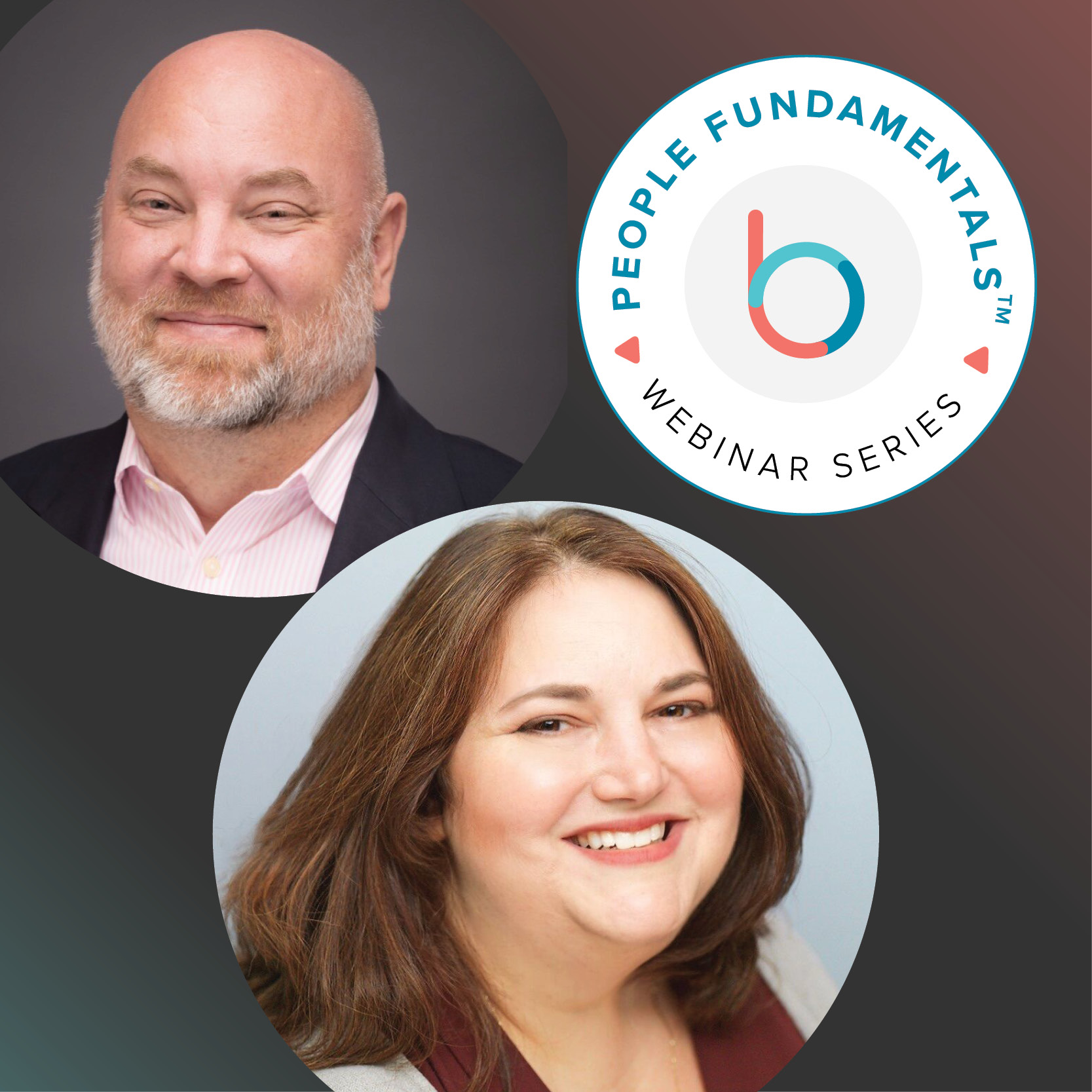Performance management is like Internet access: essential to the daily operation of any business but taken for granted until it stops working. While everyone understands why you need consistent and high-quality broadband, the obvious benefits of good performance management often go unappreciated.
This is a common sentiment whenever I talk with my fellow HR professionals at conferences and events. Building and managing a performance management program take a huge amount of time and effort. But despite the fact that these initiatives help your business retain top talent, create a feedback culture that keeps people motivated, and ensure everyone has the skills he or she needs to meet today’s goals and face tomorrow’s challenges, it can sometimes feel like a thankless task. But it doesn’t have to.
Though every business leader will say employees are the company’s most important asset, we have to judge leaders by their actions. Sometimes, talent management falls lower on a leader’s priority list, behind developing products, creating marketing campaigns, or closing a big sales deal. And this can be especially true when organizations are in a time of fast growth.
The company I work for, Khan Academy, grew from 40 to 200 employees in just a few years. Although we felt many of the same growing pains as other organizations do, I was fortunate to have a leadership team that supported building a continuous performance management program for our long-term growth. Throughout our journey to date, I learned five valuable lessons about overcoming doubts, fears, and ambivalence to ensure performance management remains a major business priority.
Demonstrate the Value of a Continuous Approach
We’ve all heard that traditional annual performance reviews don’t drive business results, but many companies are still taking that approach. The outdated end-of-year approach forces managers to spend days creating performance reviews for each of their direct reports. Despite the best of intentions, these are riddled with recency bias, lack input from peers, and include feedback that’s usually too late to be useful. On the other side of the coin, employees would almost always prefer to focus on their future development rather than their past mistakes.
Continuous performance management replaces a heavyweight, low-value, once-a-year chore with a cycle of ongoing conversations around goals, feedback, and development. It ensures that all coaching is timely and useful and keeps everyone focused on achieving what’s most important for the organization. These lightweight touches require less preparation time and will deliver value to both manager and employee immediately.
When you hear your leaders saying “annual reviews take too much time away from work,” that’s your opportunity to implement a more continuous program that captures feedback in real time, encourages managers to act as coaches, and removes tired processes from your agile organization.
Show Employees What’s in It for Them
Employees are engaged and motivated when they know that their work has purpose and understand how it contributes to the company’s overall goals. Unfortunately, too many employees simply don’t know what is expected of them at work.
A continuous performance process aligns each individual’s goals to the top business priorities. Even when, inevitably, these priorities change, the ongoing nature of continuous conversations allows managers and employees to adjust goals in an agile fashion. More frequent conversations also ensure employees receive timely feedback and have a clearer understanding of their managers’ expectations.
Fifty-eight percent of people believe that annual performance reviews are done for the benefit of the business, not them. That’s why employee development and personal targets are a key part of continuous performance management. It makes employees feel more invested in the performance process, the overall business, and their own careers.
If you’re not sure where to start or what your gaps are with your employees, try sending out a quick pulse survey. Harvesting current data and feedback is key for HR, and knowing your organization’s pain points will help you design a program that engages everyone across your team.
In part two of this article, we will hear more from Young about helping managers become better, getting the help you need, and starting performance management on day one.
This article was originally published in HR Daily Advisor.
To learn more about how HR can help managers become better managers and boost their impact across the organization, get your free research report from Betterworks’ 2018 State of Continuous Performance Management Survey.



